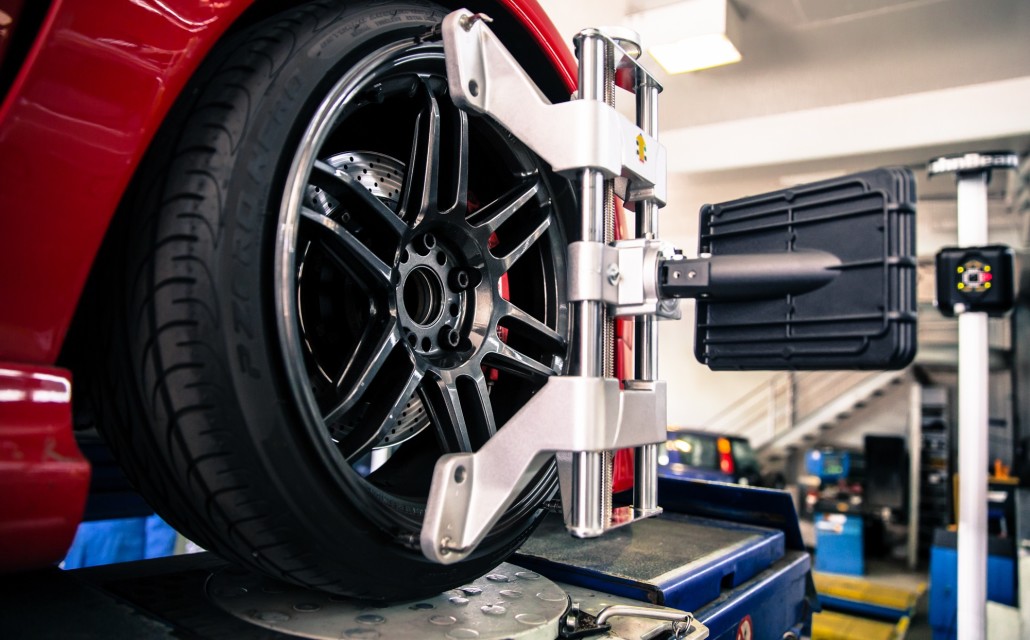Wheel Alignment.
The location of the wheels concerning your vehicle is referred to as wheel alignment. When your car is properly aligned, the wheels are proportional to the vehicle, and it all points in the same direction. The wheels will oppose your steering signals if they are not properly aligned. Your gas mileage and tire wear are also affected by alignment. Your tires can pop if they are pointed in different directions. The importance of proper wheel alignment in the maintenance of your vehicle cannot be overstated.
All alignment angles on your car are measured using computerized alignment equipment. Angles that are both adjustable and non-adjustable are included. (Non-adjustable angles necessitate suspension component repair or replacement.) The following are the most prevalent angles:
- Toe – The most important angle for tire wear is the toe. Toe-in tires point in the same direction. Toe-out tires point away from each other.
- Camber – When viewed from the front, camber is the slant of the wheels toward or away from one another. “Negative camber” refers to wheels that are angled inward toward the vehicle. “Positive camber” refers to wheels that are tilted away from the vehicle.
- Caster – When viewed from the side, the angle of the steering axis regarding an imaginary vertical line passing through the center of the wheel. When the vertical line is tilted back toward the rear, the term “positive caster” is employed. A “negative caster” is inclined forward. The right caster angle keeps your automobile stable and helps you steer better.
- Thrust Angle – This is the proportionate relationship between all four wheels, as well as their relationship to an imaginary center line running from bumper to bumper. On cars with adjustable rear suspensions, the thrust angle can be adjusted. If your car’s suspension isn’t adjustable, the angle is rectified by shifting the front wheels to the back wheels.

